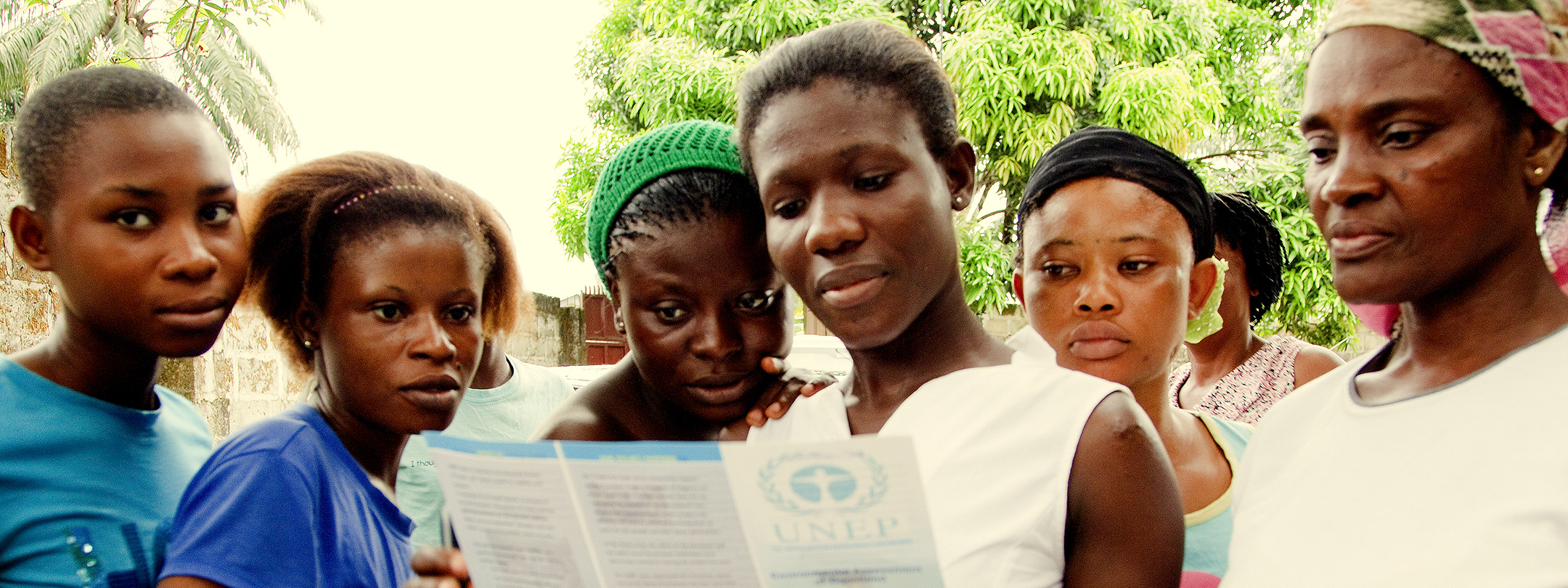Leveraging Co-benefits between Gender Equality and Climate Action for Sustainable Development: Mainstreaming Gender Considerations in Climate Change Projects
Publisher: UN Women
Date: 2016
Topics: Assessment, Climate Change, Gender, Land, Livelihoods, Monitoring and Evaluation
In September 2015, world leaders from 193 nations adopted the 2030 Agenda for Sustainable Development at the United Nations General Assembly. While some have hailed this adoption as a historic moment – where, for the first time, all countries have agreed to a universal agenda to end poverty, save the planet and ensure prosperity for all – others have questioned how realistic the 2030 Agenda is, with its 17 Sustainable Development Goals (SDGs), 169 targets and 230 unique indicators. Based on existing trends, the SDGs are not attainable by 2030. For example, Sustainable Development Goal 5 aims to ensure women’s full and effective participation and equal opportunities for leadership at all levels of decision-making in political, economic and public life. But current estimates indicate that it will be 50 years before gender parity in politics is achieved and 81 years before the gender gap in economic participation and opportunity is closed. In December 2015, world leaders from 195 countries adopted the first universal, legally binding global climate accord at COP21 in Paris. Notably, they agreed to a long-term goal of holding the increase in the global average temperature to well below 2°C above pre-industrial levels and to pursue efforts to limit the temperature increase to 1.5°C above pre-industrial levels. Once again, it was hailed by some as a historic agreement while others questioned how realistic its goals were. Even if all countries meet their present commitments, it is estimated that temperatures will increase by 2.6°C to 3.1°C by 2100.
